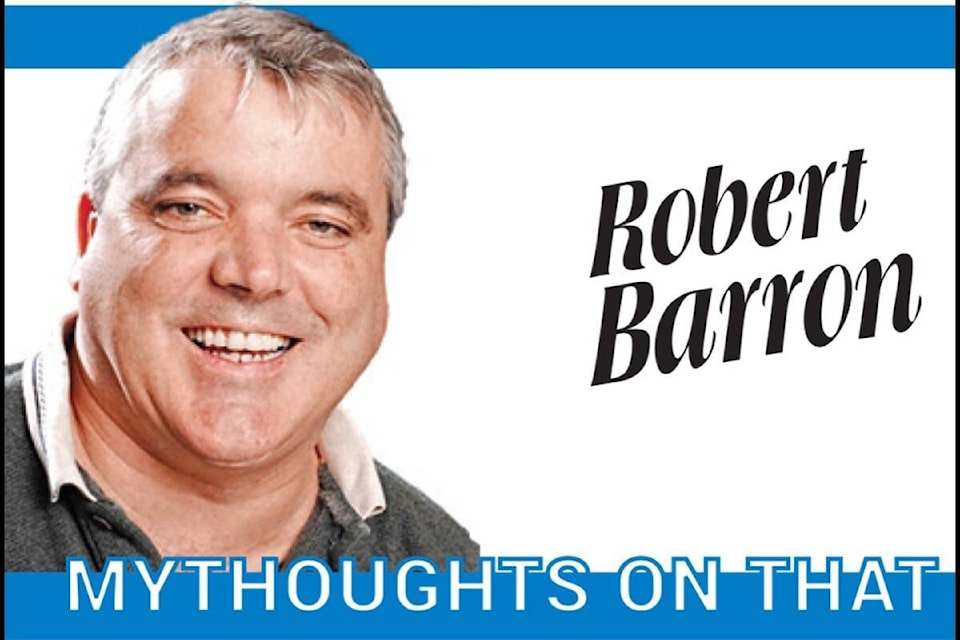I expect few people on Vancouver Island felt the 4.7 magnitude quake on Jan. 2 that happened 156 kilometres off the Island’s coast, near Port Alice.
That seismic event, which was caused by active plate tectonics along subduction faults where the plates collide off the west coast of the Island, caused approximately 100 smaller earthquakes with magnitudes of zero or larger that were recorded within a 100-kilometre radius of that earthquake.
It happened in the area where the “Big One” is supposed to originate; where the Juan de Fuca tectonic plate meets the North American plate.
That huge earthquake, which could happen anytime from right this minute to hundreds of years from now, is expected to be in the range of 9.0 magnitude or more, and devastate West Coast communities along the continent of North America.
The last big earthquake in that area happened in January, 1700, and we know this because Japanese record keepers recorded a large tsunami that struck their island on the other side of the Pacific Ocean at that time, and stories passed orally down through generations of local First Nations tell the tale of large waves coming ashore on Vancouver Island’s west coast and wiping out entire villages.
As Duncan and much of the rest of the more populated areas of the Cowichan Valley lie on the east coast of Vancouver Island, many people believe we will be spared from the worst of the calamity when it happens.
But in 2016, Canadian and American seismologists confirmed the existence of a previously unknown earthquake fault zone just five kilometres south of Victoria, called the Devil’s Mountain Fault Zone.
The zone is actually made up of a series of faults that run from Washington state to Victoria.
The Devil’s Mountain Fault Zone lies entirely on the North American plate, which usually generates smaller, shallower crustal earthquakes, but they could potentially be as high as a 7.5 magnitude shaker.
That could do a lot of damage to the Valley if (or when) they occur.
Also, as I mentioned in a column I wrote four years ago, of equal or greater concern to Valley residents should be a report released by BC Hydro and the Geographical Survey of Canada in 2003.
That report envisions a towering wave the size of a six-storey building rising up out of the Salish Sea and rolling west, slamming into the Gulf Islands and the east coast of Vancouver Island mere minutes after a major earthquake strikes the area.
Apparently, between 17 million and 20 million tonnes of sediment build up at the mouth of the Fraser River in the Salish Sea every year.
The study concluded that it’s possible that a major earthquake in the region could see a significant underwater landslide of the ever-accumulating sediment that could cause huge tsunami waves that would quickly come our way.
That would play havoc with shoreline communities in this area, and the water could, theoretically, reach much higher in a worse-case scenario.
There are other experts that have since concluded that such an event is highly unlikely, but haven’t dismissed it outright.
The fact is that we live in a highly seismically active area.
The Cowichan Valley Regional District advises that each home should have an emergency kit readily available that should have sufficient supplies of dry food, water, tools, dry clothes, flashlights and other necessary equipment to last at least a week in the event of an earthquake or some other natural disaster.
People can’t be guaranteed to be at home when an earthquake hits, so they should also have a “grab and go” emergency kit in their vehicles that should have the basics; including food, water, medications, safety goggles and work gloves.
It may be an inconvenience, but being prepared may save the lives of you and your family in the event of a natural catastrophe.
robert.barron@cowichanvalleycitizen.com
Like us on Facebook and follow us on Twitter
